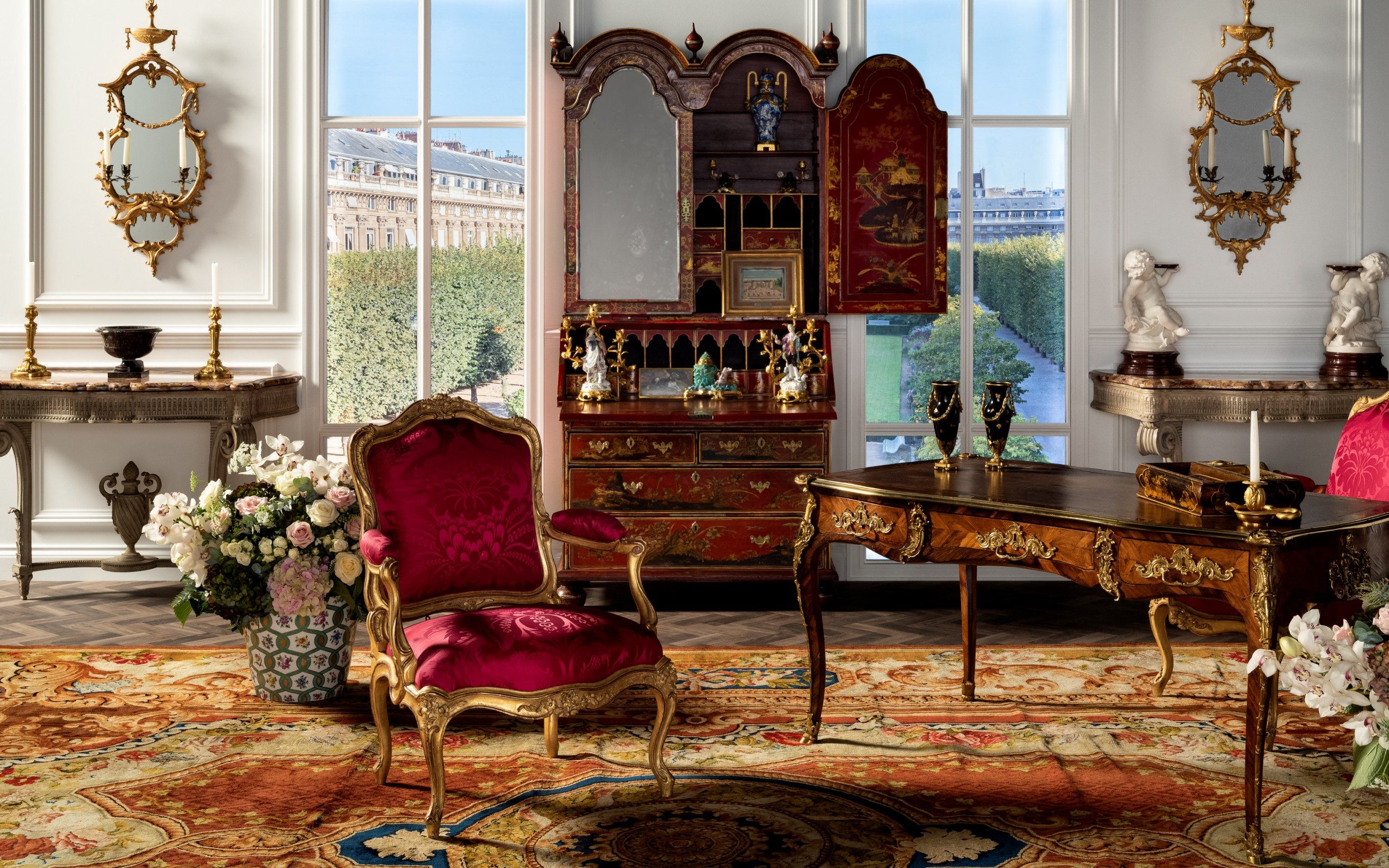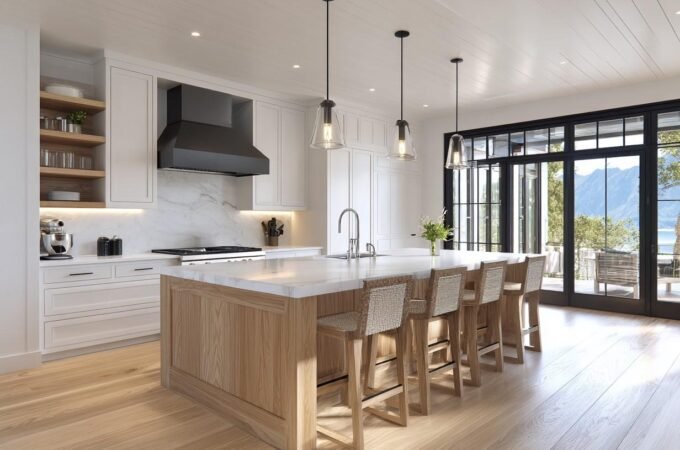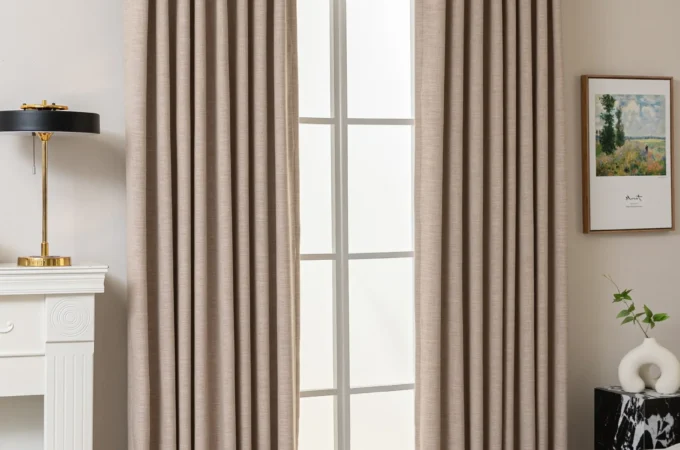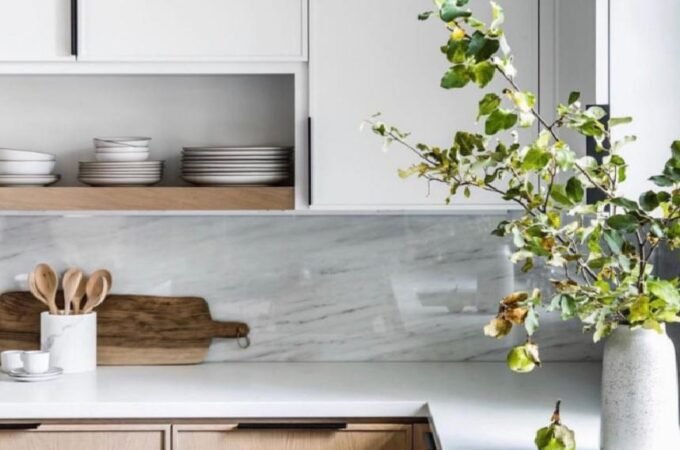
Vintage Meets Vogue: Unleash Timeless Charm with Antique Furniture
Have you ever fallen in love with the homes you’ve seen in classic films or read about in novels? They exude an extra dose of character and charm. Every corner carries profound meaning. Do you want to create something like that, a home that speaks about the past?
Antique furniture bestows a sense of refined elegance and old-world charm to any space. The current trend is the blending of modern and vintage pieces. Antique furniture has become a coveted way to add character to contemporary homes.
From flea market finds to inherited heirlooms. Incorporating vintage pieces lets you bask in the glamour of past eras while adding your unique, stylish touch. In this article, we will guide you to create a space that speaks decades of stories.
The Allure of Antique Furniture in Modern Spaces
Let’s face it – antique furniture has an irresistible appeal. These special pieces give you all the feels. One look at that lovingly distressed finish takes you back in time. An antique chair passed down for generations tells a beautiful story.
Even a humble weathered farmhouse table from a backyard sale has a nostalgic charm. You can’t these find in factory-made furniture. Antique pieces add richness and depth to a space that feels so real and warm. No wonder designers love to incorporate antique elements into modern decor!
The contrast between the old and the new adds a captivating layer of intrigue. So if you’re looking to add some heart and soul to a predictable modern room, bring in some vintage looks. Their worn finishes and craftsmanship give off good vibes that make a space to life.
Selecting the Right Antique Pieces
You can acquire antique furniture from auctions, estate sales, antique shops, markets, and online retailers. Sometimes, you may even find them in your own attic. Here are some tips for scoring pieces with timeless appeal:
- Seek quality craftsmanship: Examine joinery, finishes, and materials. High-quality woods like mahogany and walnut are desirable.
- Assess condition: Some wear and tear add character but make sure the structure is intact. Refinishing may be needed.
- Consider versatility: Choose multi-purpose antiques like a secretary desk or chest that can work in different spaces.
- Define your style: Are you drawn to Gothic Revival, Art Nouveau, or Mid-Century Modern antiques? Knowing your style preferences helps narrow the search.
- Establish a budget: Antique furniture costs vary widely. Have a spending range in mind and stick to it.
You can also discover antique furniture in cities that have it’s own legacy. Texas offers a great place to explore. There are many antique furniture stores in Texas that offer a variety of styles. They will assist in having your unique piece that suits your taste, whether you prefer rustic or elegant, American or European, primitive or modern.
You can discover antique furniture that reflects the history and culture of Texas, including ranch-style furniture, trading post items, and plantation-style furniture. You can also discover antique furniture from other parts of the world, such as French, Asian, and Victorian furniture.

Incorporating Antique Styles into Modern Spaces
Certain antique furniture styles blend seamlessly into today’s interiors, lending time-tested elegance:
- Victorian (1837-1901): Decorate with Victorian pieces like oak highboys and tufted fainting couches bringing stately sophistication. They add refined elegance to modern bedrooms and parlors.
- Art Deco (1920s-1930s): Sleek, geometric Art Deco pieces provide a glamorous edge. An inlaid cabinet or vanity exudes Gatsby-era glamour. This style adds drama to living spaces.
- Mid-Century Modern (1940s-1960s): Clean, minimalist Mid-Century furniture feels fresh today. Iconic pieces like Eames chairs work in retro and modern rooms. This style suits contemporary homes.
- Industrial (Early 20th Century): Factory carts and lockers repurposed as tables fit the Industrial trend. Their rugged, worn look adds texture. This style works for urban, loft-like spaces.
- Farmhouse (19th Century): Weathered barn doors, painted Windsor chairs, and reclaimed wood tables bring pastoral charm to rustic and French country-style kitchens or dining rooms.
Key Design Considerations When Mixing Styles
Mixing antique and modern furniture requires careful effort. Follow these design tips:
- Create color unity: Opt for a neutral palette to make your antiques stand out while maintaining a cohesive look. Soft whites, warm walnut, and matte black work well.
- Repeat textures: Layer antique woods, woven textures, and metals throughout the space for visual harmony.
- Vary scales: Combine large statement antiques with smaller modern pieces for pleasing proportions.
- Find common threads: Notice shared design details like tapered legs, nailhead trim, or camel backs to bridge styles seamlessly.
- Display thoughtfully: Place antiques in spots where they can shine, like behind a sofa, near a fireplace, or serving as a dining table centerpiece.
Antique Furniture as Focal Points
Strategically placed antique furniture can totally steal the show in any room. Use big, substantial vintage pieces to create eye-catching vignettes that draw people in.
- Make a bold entryway by welcoming guests with an antique console, bench, or hall tree.
- Accent a boring blank wall with an antique cabinet or secretary desk for instant interest.
- Class up your dining space with a stately farmhouse table for an elegant gathering spot.
- Outfit a cozy reading nook with vintage lounge chairs and side tables for extra charm.
- Dress up your fireplace with antique spindle chairs, a trunk for a coffee table, and a mother-of-pearl inlaid mirror for striking style.
- Elevate your bedroom with a carved oak vanity and jewelry armoire for a romantic vibe.
Maintaining Your Antique Treasures
Taking good care of your antique furniture means it can grace your home for years to come. Don’t be daunted by the prospect of preserving your vintage pieces. Follow some simple maintenance steps:
- Keep antiques away from direct sunlight so the finishes don’t fade.
- Control humidity and avoid damp areas that could warp wooden surfaces.
- Dust regularly with a soft cloth to prevent built-up grime.
- Clean with mild soap and water. Avoid harsh chemicals that could damage the patina.
- Apply polishing wax occasionally to nourish and protect the wood.
- Immediately repair any loose joints, scratched finishes, or unglued sections to prevent more damage.
- Consider hiring professionals for refinishing if needed. Make sure they use gentle techniques to protect antique value.
With the proper care, your antique treasures can be displayed and enjoyed indefinitely!

Conclusion
Next time you’re thrifting for furniture, keep these tips and guidelines in mind. Uncover the joys of antiquing and decorating with pieces that tell a remarkable story. Embrace vintage charm and bring your interiors to life with antique finds styled in fresh ways.
Get yourselves a piece of antique furniture and feel the timeless beauty and nostalgia in any space. May these heirlooms from the past inspire the way you design for today…and tomorrow.
So, why wait? Create a wonderful home that resonates with memories of the past. Embrace the beauty of history, and feel the nostalgia every you step in.
FAQs about Antique Furniture in Modern Design
- What’s the difference between vintage and antique furniture?
Vintage pieces are typically at least 20 years old. Whereas antiques are over 100 years old—age, rarity, and origin factor into categorization.
- How do I refinish antique furniture while preserving its value?
Very light sanding, minimal stain, hand-rubbed wax, and TLC help preserve patina and craftsmanship. Always consult professionals.
- Can different antique styles be mixed?
Yes! Blend a few complementary styles like Industrial with Mid-Century or Victorian with Farmhouse for an eclectic look. Repeat colors and textures to tie them together.
- Should I avoid refinishing, painting, or altering antique pieces?
Refinishing and alterations can significantly decrease antique value for collectors. But, moderate updates are fine if you plan to use the piece in a decorating scheme.




